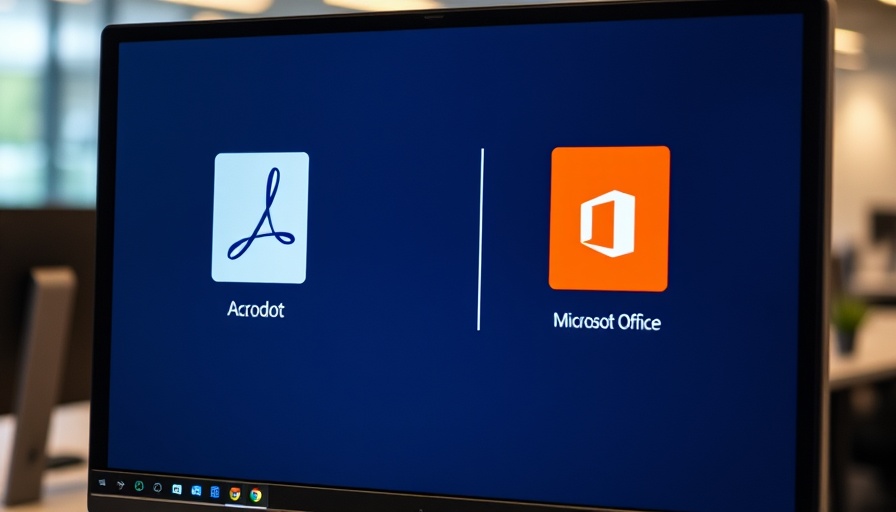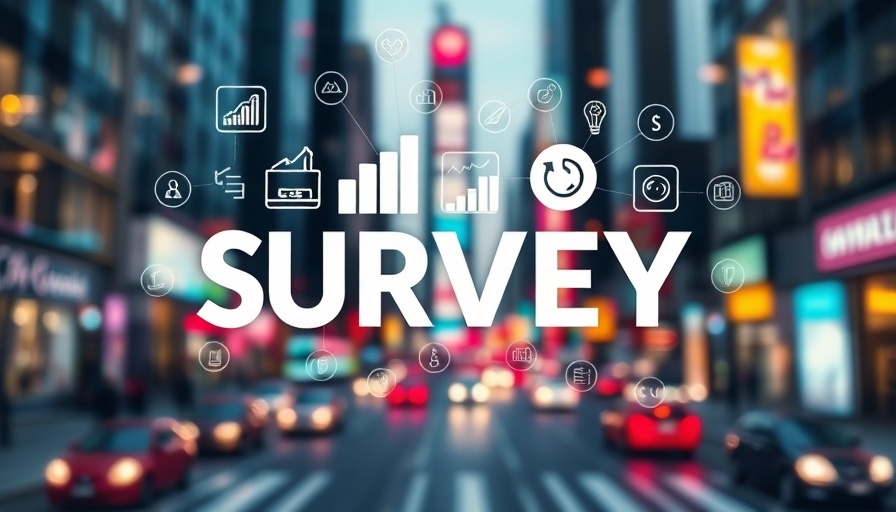
The Emerging Threat of AI-Driven Cyberattacks
At Black Hat USA 2025, a prominent figure from the world of cybersecurity, Nicole Perlroth, delivered a striking message: the landscape of cyber threats has shifted dramatically, and traditional defenses are becoming obsolete. With advances in artificial intelligence, Perlroth argues that the dangers we face today are unlike anything seen before, with attackers now capable of harnessing AI to orchestrate attacks that manipulate not just technology but also public perception and democracy.
Redefining Cybersecurity in the Age of AI
Perlroth's insight serves as a wake-up call for the cybersecurity community. She emphasizes that the fight against these automated threats requires not only technical defenses but also a moral and strategic rethinking of our approach to cybersecurity. It’s not just about protecting data; it’s about safeguarding societal values and the truth itself. As she puts it, "The question is not whether we can stop them. It’s if we even have the courage to try.”
A Historical Context: Learning from the Past
The evolution of cyber threats is not just a narrative of technological advancement; it is a mirror reflecting our failures and complacencies. Perlroth recounts critical breaches from her tenure as a cybersecurity reporter at The New York Times. The incidents she covered were not merely news items; they were harbingers of a more dangerous world. From malware embedded in takeout menus to the infamous DNC hack, these attacks represent an ongoing assault on the principles that underpin democratic society.
AI’s Role in Cyber Warfare
AI's integration into cyber warfare introduces unprecedented complexities. Cybercriminals are now employing AI techniques for tasks like analyzing vulnerabilities, crafting deceptive phishing messages, and even negotiating ransoms with simulated human interaction. This starkly contrasts with the defenders' reliance on static and outdated defenses. With AI capabilities shifting the balance of power, the call for a robust, agile response becomes more urgent than ever.
Empowering Cyber Defenders with Courage
Perlroth charts a path forward, punctuating her talk with a crucial point: culture within organizations must evolve alongside technology. Agile methodologies, such as Agile DevOps, are imperative to foster environments where innovation can flourish, and adaptive security measures can be implemented. By promoting a culture of courage and readiness, organizations stand a better chance of anticipating and countering these AI-driven threats.
Practical Insights for Ensuring Cyber Resilience
Organizations can take proactive steps to combat the growing threat landscape powered by AI. Engaging in Agile practices not only streamlines operations but also cultivates a mindset that is prepared to adapt quickly to cyber threats. Practical strategies include:
- Investing in ongoing cybersecurity training for teams to ensure they are familiar with the latest threats.
- Implementing collaboration tools rooted in Agile DevOps practices that allow for swift communication in crisis situations.
- Establishing clear red lines that delineate the boundaries of acceptable cyber behavior and protect vital assets.
This proactive stance is not only essential for organizational health but also for safeguarding larger societal frameworks against potential future attacks.
Conclusion: A Call for Collective Action
As we move deeper into the digital age, the lessons from Black Hat 2025 are clear: AI-driven threats are changing the rules, and courage is what will define our response. The need for agility in our cybersecurity frameworks is not optional; it is a prerequisite for survival. Embrace these insights and cultivate a culture ready to face the challenges that lie ahead.
 Add Row
Add Row  Add
Add 




Write A Comment